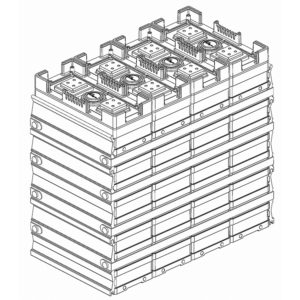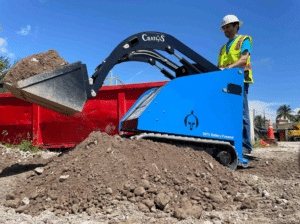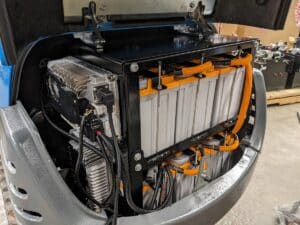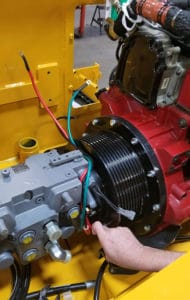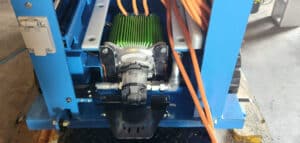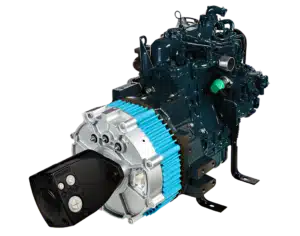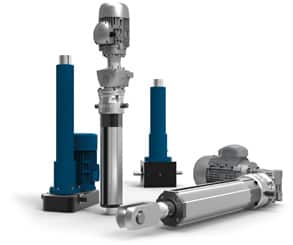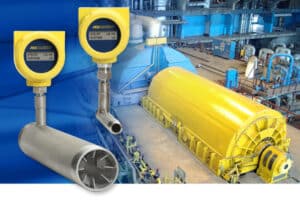Metrology Glossary: Inductance
What Is Inductance?
Inductance is a fundamental concept in electricity and magnetism that signifies the inherent opposition of an electrical conductor to changes in the flowing current. This resistance arises from the intricate interplay between the conductor, the magnetic field it generates, and the voltage induced in response to changes in the field. Linked to electromagnetic phenomena, inductance is a cornerstone in the understanding of circuits and transformers, influencing their behavior and efficiency. Recognizing inductance is pivotal for engineers and physicists, as it lays the groundwork for comprehending the dynamic relationships between electric currents and magnetic fields within numerous applications in technology and electrical systems.
What Is Inductance Used For?
Understanding Electromagnetic Phenomena:
- Exploration of Electromagnetic Dynamics: Inductance provides insights into the mechanisms by which changing magnetic fields generate voltage in conductors, a foundational principle in electromagnetic theory. This comprehension is essential for the development of electromagnets, generators, and motors.
- Analysis of AC Circuits: Inductance assumes a crucial role in evaluating the characteristics of alternating current (AC) circuits. Grasping its impact on impedance, phase shift, and power factors is imperative for electrical engineers involved in the design of efficient and dependable AC systems.
- Forecasting Wave Propagation: Inductance, in conjunction with capacitance, shapes the propagation of electromagnetic waves across diverse mediums. This understanding is useful for designing antennas, transmission lines, and communication systems.
Modeling and Simulation:
- Circuit Modeling: Inductance serves as a parameter in electrical circuit simulation software, enabling engineers to anticipate circuit behavior under varied conditions before physical implementation. This facilitates time and resource savings during the design phase.
- Electromagnetic Field Simulation: Inductance is integrated into software designed to simulate and analyze electromagnetic fields within intricate systems. This aids engineers in optimizing systems such as transformers, motors, and sensors.
- Material Characterization: The inductance of materials under controlled conditions is a valuable metric for characterizing their magnetic properties. This information proves beneficial in the selection of materials tailored for specific applications in electronics and magnetic devices.
Related Terms
Products and Services
Further Reading
